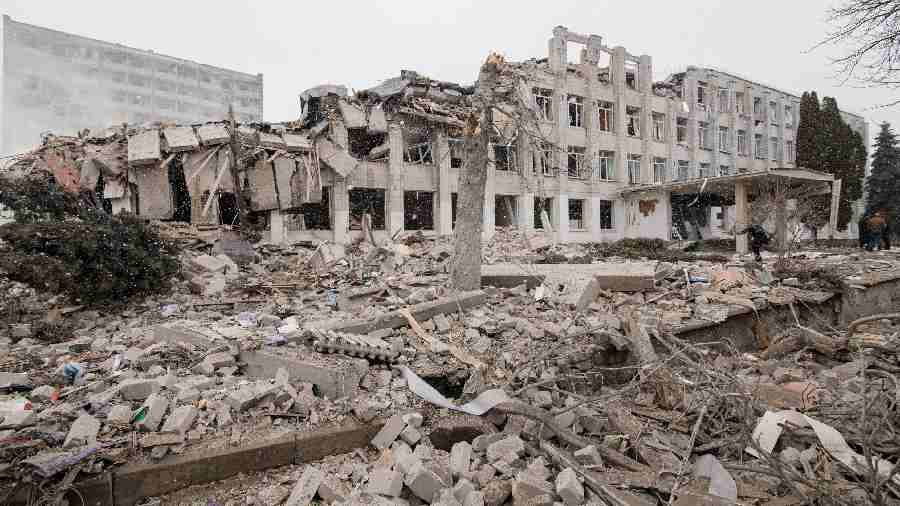Washington: For more than a year, Ukrainian air defences, reinforced by western weaponry, have kept Russian planes at bay.
But without a huge influx of munitions, Ukraine’s entire air defence network, weakened by repeated barrages from Russian drones and missiles, could fracture, according to US officials and newly leaked Pentagon documents, potentially allowing President Vladimir V. Putin of Russia to unleash his lethal fighter jets in ways that could change the course of the war.
In the early days of the invasion, Russian aircraft flew hundreds of combat flights to bomb targets in Ukraine. But a combination of quick thinking by Ukrainian commanders and poor intelligence and bad aim by Russian pilots left many of Ukraine’s warplanes and air defences intact, preventing Moscow from gaining control of the skies above the battlefield and forcing Russia to keep much of its air force out of the fight.
Now Pentagon officials are worried that Moscow’s barrage of attacks from afar is draining Ukraine’s stores of the missiles it uses to defend itself. And a Pentagon assessment from late February contained in the trove of leaked documents that were discovered circulating online last week paints an even grimmer picture.
Stocks of missiles for Soviet-era S-300 and Buk air defence systems, which make up 89 per cent of Ukraine’s protection against most fighter aircraft and some bombers, were projected to be fully depleted by May 3 and mid-April, according to one of the leaked documents. The document, which was issued on February 28, based the assessment on consumption rates at the time. It is not clear if those rates have changed.
The same document assessed that Ukrainian air defences designed to protect troops on the front line, where much of Russia’s air power is concentrated, will “be completely reduced” by May 23, resulting in strains on the air defence network deeper into Ukrainian territory.
If that happens, officials say, Moscow could decide it is finally safe for its prized fighter jets and bombers to enter the fray and directly threaten the outcome of the war on the ground. Senior Pentagon officials say that such a move would be a major challenge for Ukraine, particularly if Russian fighter jets and bombers are given freer rein to attack Ukrainian troop positions and essential artillery targets on the ground.
In a move to shore up Ukraine’s air defences, the Biden administration announced last week that it would send additional air defence interceptors and munitions as part of a $2.6 billion aid package, part of which will be used to help Kyiv prepare for a planned spring offensive against Russian troops. Whether that will be enough depends, officials say, on a number of factors, including whether Nato allies make their own deliveries, and whether Putin continues to decline to risk his valued warplanes.
New York Times News Service










